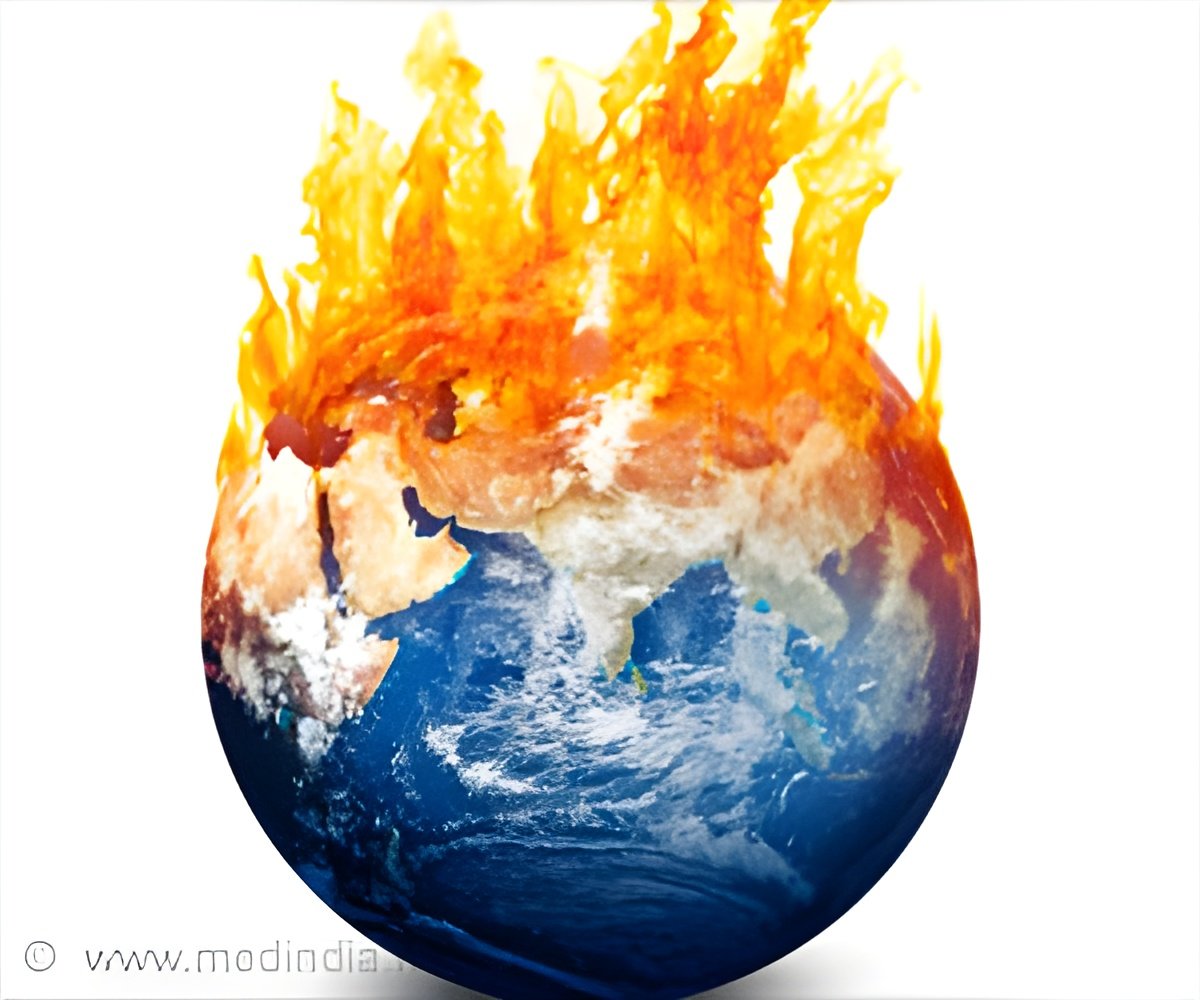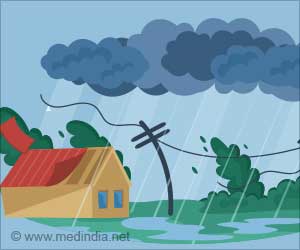Ozone in the atmosphere may be weakening the Earth's main cooling mechanisms more than we thought.

The deep and rapid warming in the Southern Ocean affects its role as one of the main regions for soaking up excess heat as the planet warms.
The majority of this warming was the result of ozone increases in the lower atmosphere. Ozone – one of the main components of smog – is already hazardous as a pollutant, but the research shows it may also play a significant role in driving climate change in the coming years.
Dr Michaela Hegglin, an Associate Professor in atmospheric chemistry and one of the study’s authors, said: “Ozone close to Earth’s surface is harmful to people and the environment, but this study reveals it also has a big impact on the ocean’s ability to absorb excess heat from the atmosphere."
“These findings are an eye-opener and hammer home the importance of regulating air pollution to prevent increased ozone levels and global temperatures rising further still.”
The new research by an international team of scientists, and led by the University of California Riverside, is published in Nature Climate Change.
Advertisement
These simulations showed that a decrease in ozone in the upper atmosphere and increase in the lower atmosphere both contributed to warming seen in the upper 2km of the ocean waters in the high latitudes by overall greenhouse gas increases.
Ozone hit the headlines in the 1980s when a hole was discovered in the ozone layer high in the atmosphere over the South Pole, due to damage caused by chlorofluorocarbons (CFCs), a gas used in industry and consumer products.
The ozone layer is vital as it filters dangerous ultraviolet radiation from reaching Earth’s surface. This discovery led to the Montreal Protocol, an international agreement to halt the production of CFCs.
Dr Hegglin said: “We have known for a while that ozone depletion high in the atmosphere has affected surface climate in the Southern Hemisphere. Our research has shown that ozone increases in the lower atmosphere due to air pollution, which occurs primarily in the Northern Hemisphere and ‘leaks' into the Southern Hemisphere, is a serious problem as well."
“There is hope to find solutions, and the success of the Montreal Protocol at cutting CFC use shows that international action is possible to prevent damage to the planet.”
Ozone is created in the upper atmosphere by interaction between oxygen molecules and UV radiation from the sun. In the lower atmosphere, it forms due to chemical reactions between pollutants like vehicle exhaust fumes and other emissions.
Changes in ozone concentrations in the atmosphere affect westerly winds in the Southern Hemisphere as well as causing contrasting levels of salt and temperature close to the surface in the Southern Ocean. Both affect ocean currents in distinct ways, thereby affecting ocean heat uptake.
Source-Eurekalert









